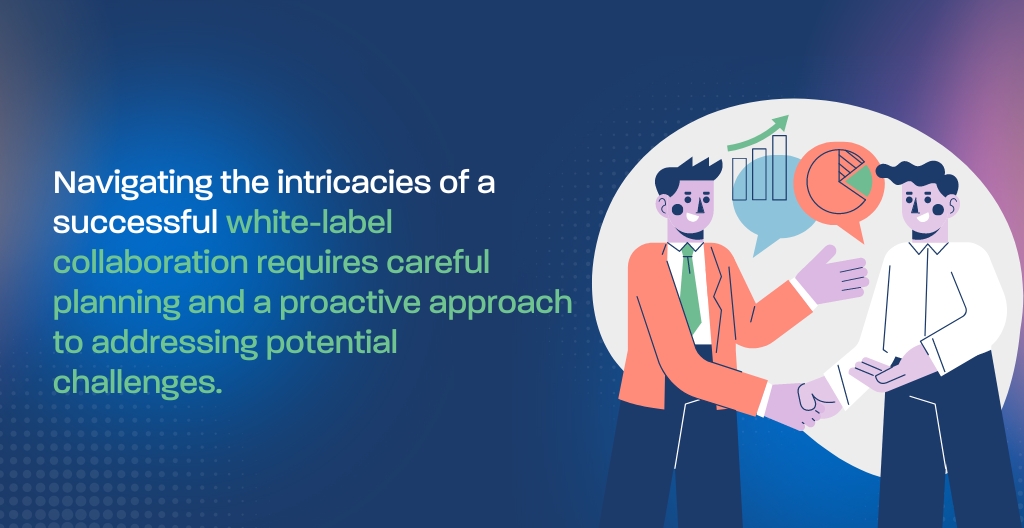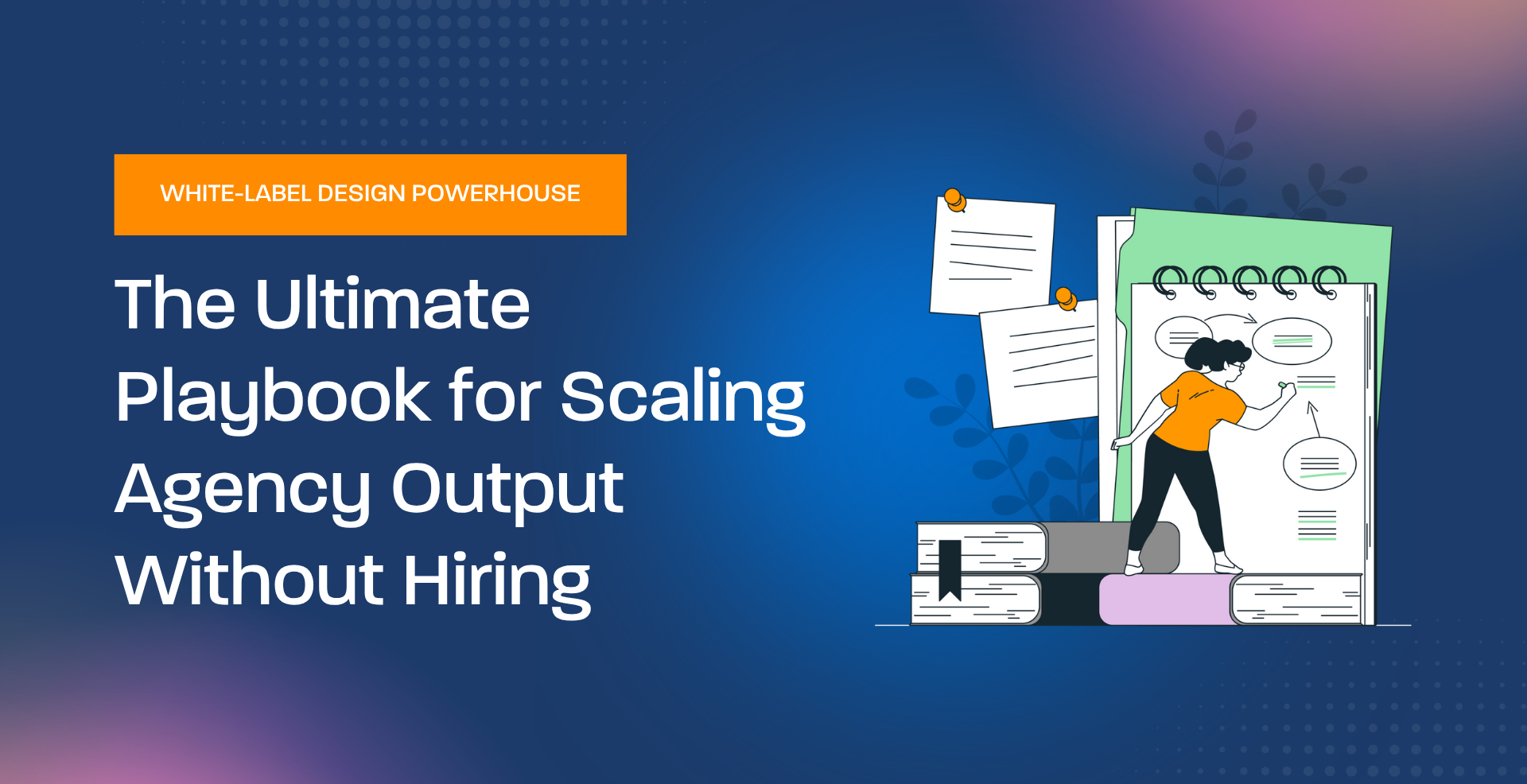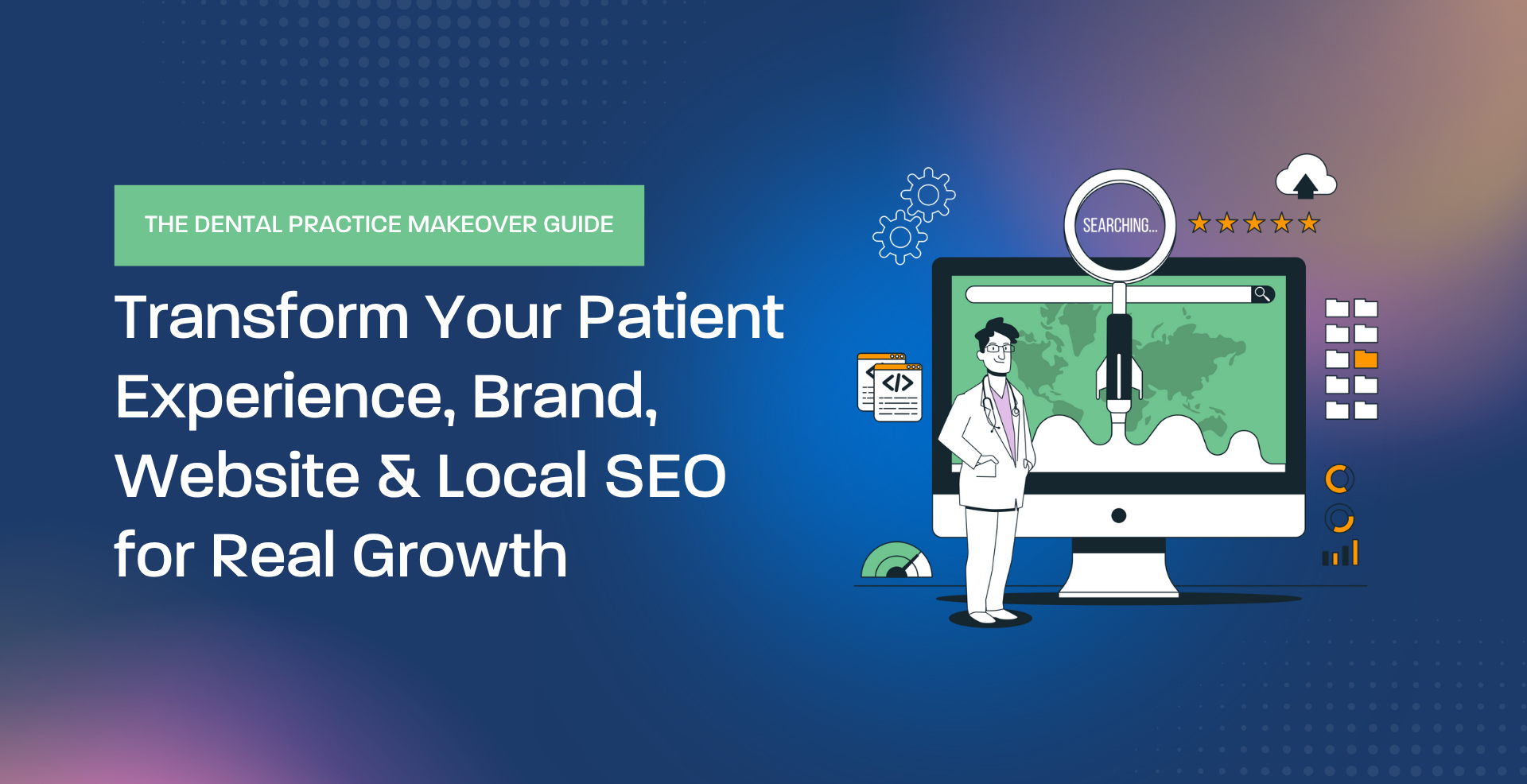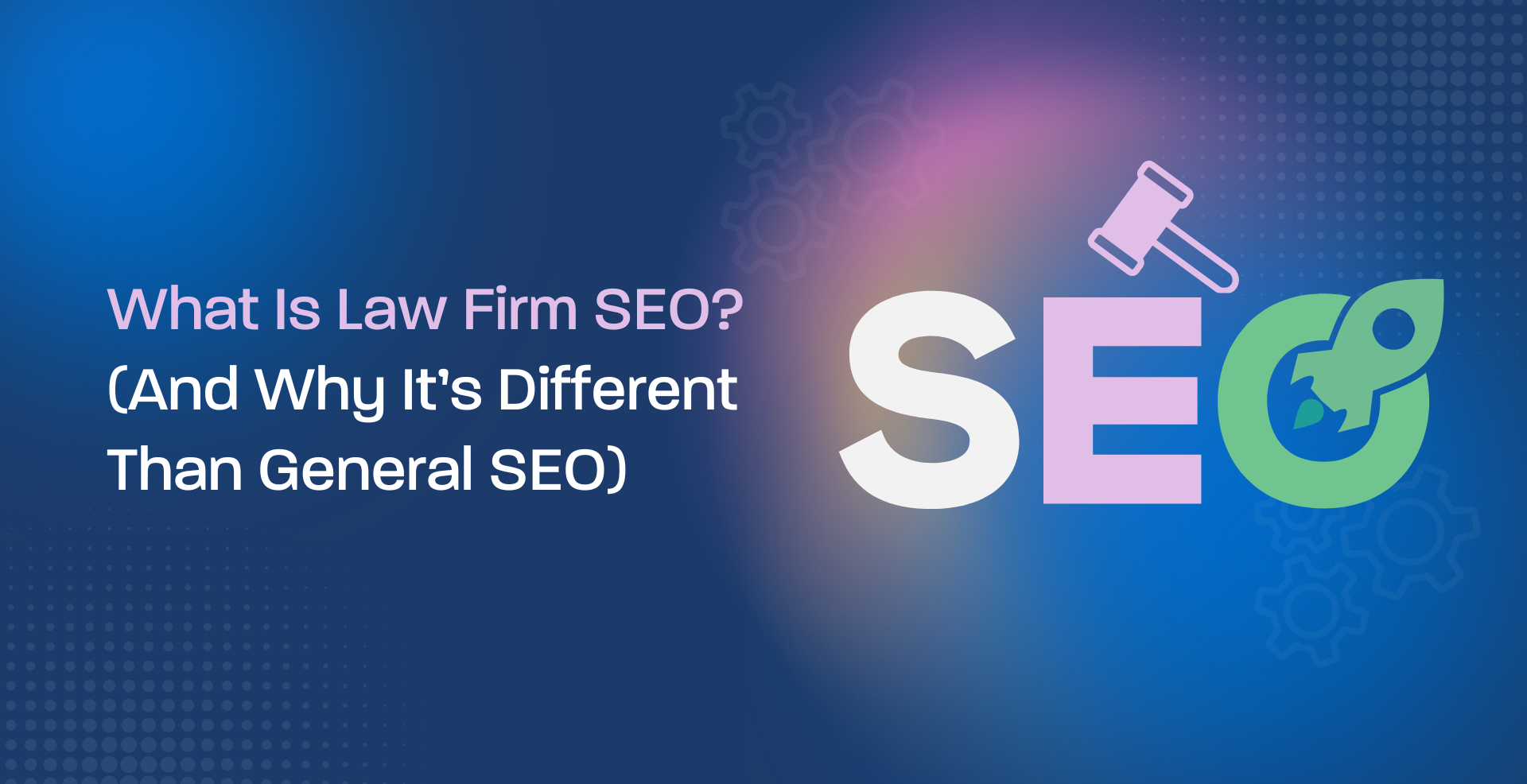White-label partnerships have emerged as a powerful tool for design agencies looking to expand their service offerings and reach new markets. By partnering with a white-label provider, your agency can offer clients a broader range of services – from web development and content marketing to SEO and social media management – without having to invest in additional personnel or infrastructure. However, navigating the intricacies of a successful white-label collaboration requires careful planning and a proactive approach to addressing potential challenges. Let’s explore the key hurdles faced in white-label partnerships and outline strategies for agencies to overcome them, ensuring a fruitful and mutually beneficial relationship.
Geeks For Growth has a free guide titled – A Guide to Successful white-label Partnerships which focuses on why agencies are increasingly turning to partners for design services, valuable insights into how these partnerships can be developed, and all you need to know before making the key decision to enter a white-label partnership with a partner like Geeks For Growth.
Challenge #1: Maintaining consistent quality and service standards
One of the most significant concerns in white-label partnerships is ensuring that the quality of services delivered to clients consistently reflects the agency’s brand reputation. Inconsistency can occur when partners have varying skill sets, work processes, or design philosophies. This can lead to client dissatisfaction and ultimately damage the agency’s brand image.
Solutions:
- Quality control measures: Implement rigorous quality control procedures to evaluate the work produced by white-label partners. This could involve establishing review processes with clear criteria, conducting regular audits, and providing ongoing feedback.
- Standardized services & guidelines: Develop detailed service guidelines that outline best practices, design principles, and quality standards for each specific offering. These guidelines act as a roadmap for partners, ensuring consistency in deliverables and client experiences.
- Comprehensive training programs: Invest in comprehensive training programs for white-label partners. Equip them with the necessary skills, tools, and design thinking frameworks to deliver high-quality services that are aligned with your agency’s brand identity.
Example: A design agency specializing in website designs can partner with a white-label provider like Geeks For Growth for web development services. To ensure consistency, the agency develops a detailed style guide outlining fonts, design style, and ongoing training on the agency’s preferred design tools and methodologies.
Challenge #2: Aligning goals and business practices
Design agencies and white-label providers may operate with distinct business models, cultures, and operational procedures. These differences can lead to miscommunication, and friction, and ultimately hinder the success of the partnership.
Solutions:
- Shared vision and goals: Establish a clear, shared vision for the partnership and define realistic goals for both parties at the outset. This fosters alignment and ensures that everyone is working towards the same objectives.
- Open communication & collaboration: Maintain open communication channels and prioritize transparency throughout the partnership. Regular meetings, project updates, and clear communication protocols create an environment of trust and collaboration.
- Detailed contracts & conflict resolution: Develop a comprehensive contract that outlines roles, responsibilities, service level agreements (SLAs), and a process for resolving any potential conflicts. This provides a clear framework for navigating disagreements and ensures a smooth working relationship.
Example: A design agency with a focus on creating high-end brand experiences partners with a white-label provider known for its rapid turnaround times. The partnership outlines a clear workflow with defined communication points, ensures both parties are aware of each other’s strengths, and establishes a process for addressing any discrepancies in design direction promptly.

Benefits of overcoming these challenges:
By successfully mitigating the challenges of quality control and business alignment, agencies can unlock the full potential of white-label partnerships. Here are some key benefits:
- Enhanced service offerings: Expand your agency’s services without hiring new staff or acquiring new skills.
- Faster time to market: Capture new business and meet client needs by offering more services with shorter development times.
- Reduced risks: Mitigate risks associated with scaling your agency by leveraging the expertise and resources of a white-label provider.
Additional considerations for design agencies
- Identify value-added partners: When selecting a white-label provider, prioritize quality over cost. Seek partners like Geeks For Growth with proven expertise, relevant experience, and a commitment to complementing your design capabilities.
- Market changes & client needs: Regularly evaluate market trends and adapt your white-label offerings to client needs. This ensures your partnership remains relevant and provides ongoing value to both parties.
- Upfront costs and investments: Consider any upfront investments required to partner with a white-label provider, such as training costs or integration fees. Weigh these costs against the potential returns on investment (ROI) in terms of project efficiency and client acquisition.
Quality and consistency – The cornerstone of success
White-label partnerships offer a strategic pathway for design agencies to achieve business growth and expand their service offerings. However, the success of these collaborations hinges on establishing and maintaining consistent quality control measures. Clear expectations, transparent communication, and a shared vision help agencies navigate challenges and cultivate rewarding partnerships.
Work culture & values: building a strong foundation
Beyond the technical aspects of service delivery, aligning work culture and values is crucial for a thriving white-label partnership. Shared work ethics, communication styles, and design philosophies foster a more collaborative and productive environment..
Here are some strategies to bridge potential gaps in work culture and values:
- Open communication & transparency: Foster open communication and encourage regular discussions about work styles, preferred communication methods, and expectations for collaboration. This helps build trust and understanding.
- Team introductions & collaboration: Arrange team introductions and brainstorming sessions to foster camaraderie and collaboration between agency personnel and white-label partners.
- Shared values & vision: Highlight the shared values and overarching vision that unites both parties in the partnership. This creates a sense of purpose and strengthens the foundation for a successful collaboration.
By proactively addressing challenges, fostering open communication, and prioritizing client success, design agencies can leverage white-label partnerships to achieve significant business growth and establish themselves as comprehensive service providers in the ever-evolving creative landscape.
To learn more about the benefits and long-term impact of white-label partnerships, the key factors in forming and sustaining partnerships, challenges in white-label partnerships, and how to strike the right balance between design, creativity, and client requirements, you can get GeeksForgrowth’s whitepaper for free!
Do you need a white-label partner who will do all the work under your brand name? Geeks For Growth is your efficient white-label partner that will help your agency shine with premium branding and design services.






